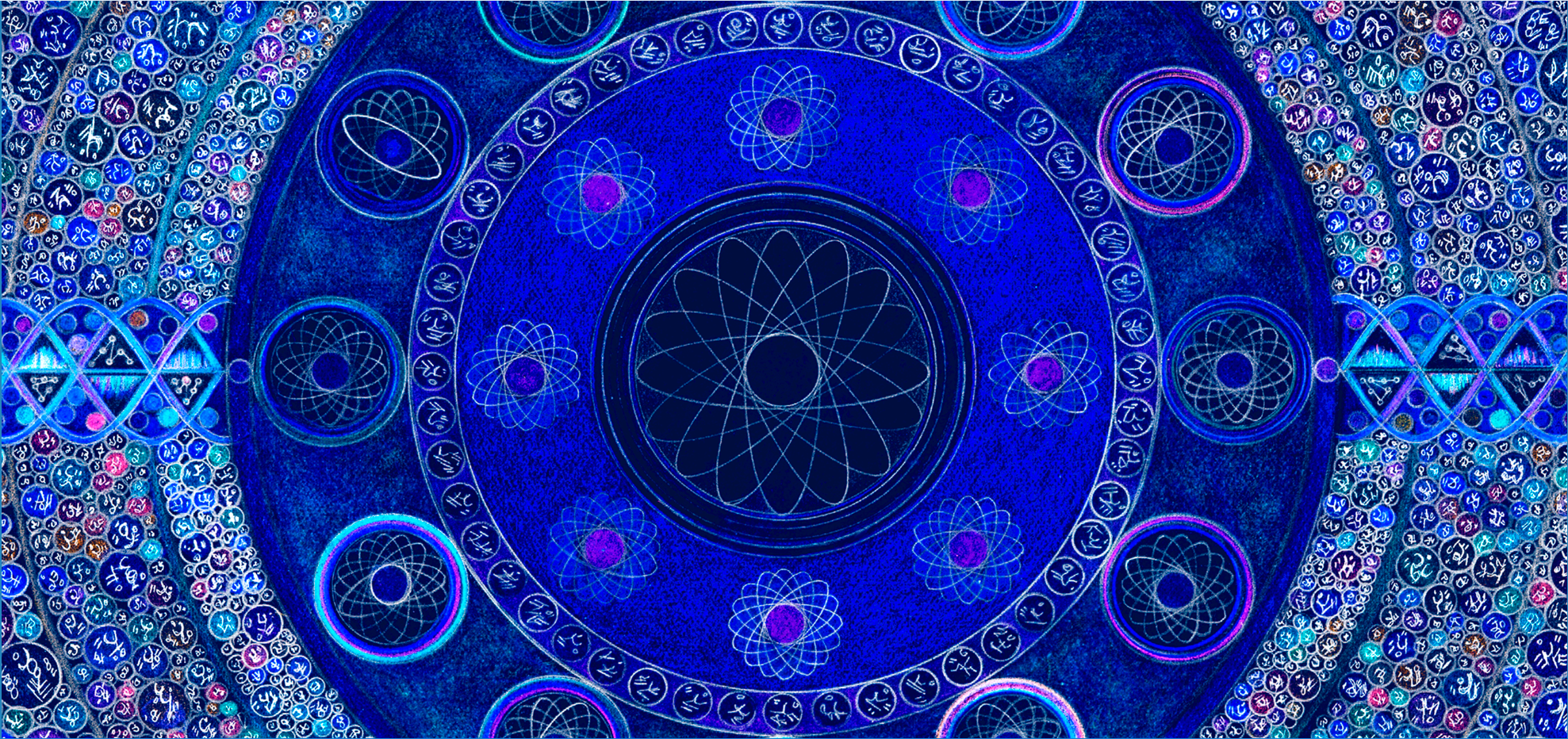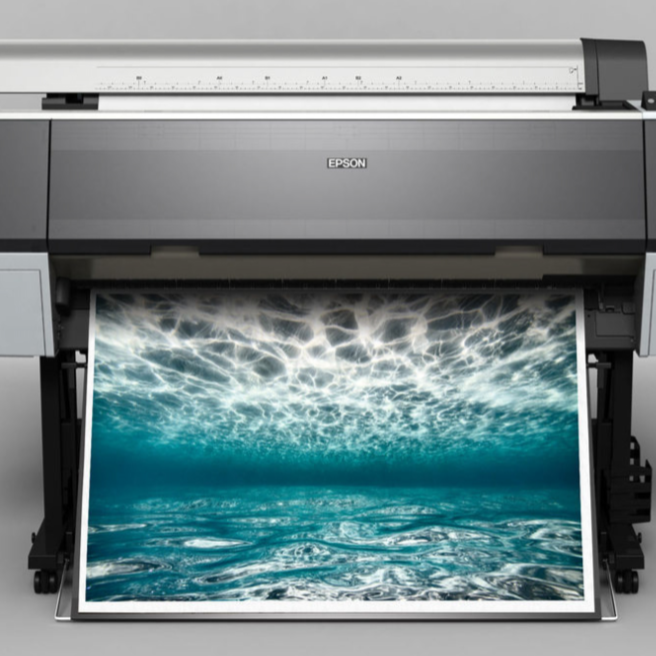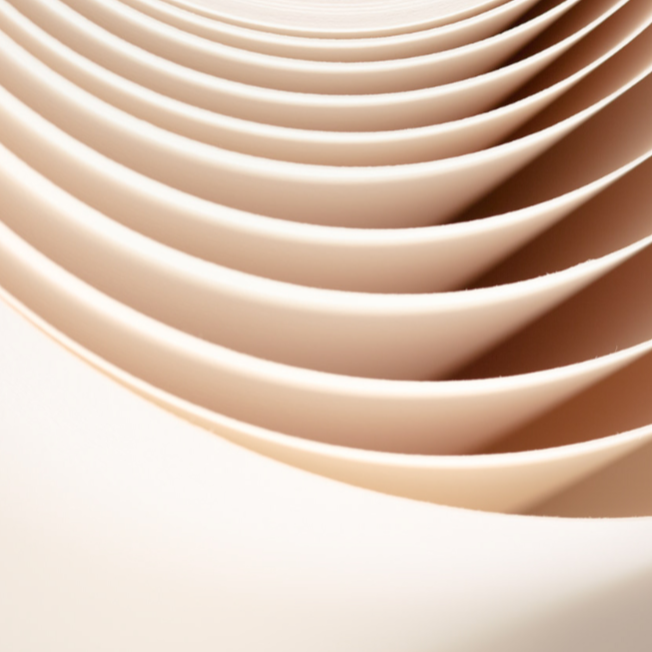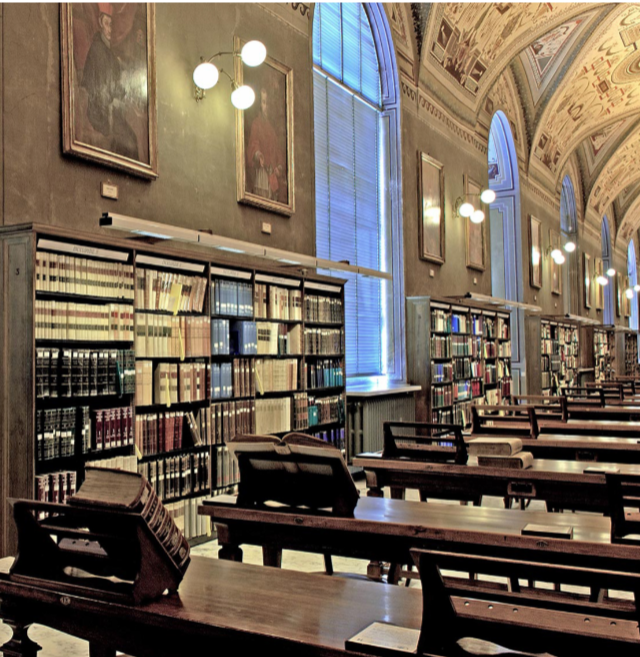
EDITION OPTIONS
OPEN EDITION
OPEN EDITIONS ARE AVAILABLE IN THE SMALLER SIZES LISTED BELOW. THERE IS NO LIMIT TO THE NUMBER OF PRINTS IN THESE SIZES
STANDARD SIZES: A3, A2 & A1
NON STANDARD SIZES: 30 X 30cm & 60 X60cmEDITION RELEASE
NO PRODUCTION CAP PLACED ON OPEN EDITION
LIMITED EDITION
LIMITED EDITIONS ARE AVAILABLE IN LARGER SIZES ONLY WITH THE RELEASE BASED ON TOTAL PRINTS PRODUCED ACROSS ALL SIZES
SIZES: SMALL, MEDIUM, LARGE & X-LARGE
EDITION RELEASES
1ST SERIES: 999 PRODUCTION RUN
2ND SERIES: 999 PRODUCTION RUN
3RD SERIES: 450 PRODUCTION RUN
SIZES OPTIONS
Buyer’s Guide: Options & Production Process
Our museum-quality fine art reproductions are exceptional investment pieces. We offer both open and limited editions in various sizes and mediums to cater to your preferences.
This guide provides comprehensive information on available editions, sizes, and framing options. It also details the giclée watercolor fine art reproduction technique, ensuring that these exquisite reproductions endure for generations.
Custom sizes are available upon request
MEDIUMS
100% COTTON CANVAS 380 GSM ARCHIVAL QUALITY
100% COTTON RAG PAPER 300 GSM ARCHIVAL QUALITY
FRAMING OPTIONS
PAPER: STANDARD FRAME WITH MATT
Museum quality custom hand made frame using conservation wood with a 100-mm white mat. The frame width is 40-mm front & 20-mm depth . The mat is raised by a few millimeters above the artwork to create depth and a beautiful finish and is ready to hang.
COLOUR OPTIONS:
WHITE | BLACK | TASMANIAN OAK
PAPER: BOX FRAME & FLOATED PRINT
Museum quality custom hand made frame using conservation wood with a white mat and the artwork is raised up to 5-millimeters from the backing. The frame width is 30-mm front & 40-mm depth. The box-frame creates a beautiful modern finish and is ready to hang.
COLOUR OPTIONS:
WHITE | BLACK | TASMANIAN OAK
CANVAS: STRETCHED
The canvas is stretched and ready to hang. Whilst a floating frame is not essential, but it is recommended, as it serves to provide some protection to the sides of artwork but most significantly, it serves to frame the piece for optimum aesthetics.
COLOUR OPTIONS:
N/A
CANVAS: STRETCHED+FLOATED FRAME
The canvas is stretched with a floated frame made from conservation wood and serves to provide the optimum presentation of the artwork to achieve that museum standard finish. The frame front width is 20-mm and 40-mm depth and is ready to hang.
COLOUR OPTIONS:
WHITE | BLACK | TASMANIAN OAK
GICLÉE WATERCOLOUR FINE-ART REPRODUCTION
The giclée printing technique is so advanced that giclées look identical to the original artworks.
Giclée prints offer the highest possible standard of printing and is much more expensive than regular prints as the inks are actual colour pigments that ensure longevity and a resistance to the eventual negative effects of sunlight exposure and combined with archival paper or canvas to achieve museum quality investment artwork.
GICLEE PRINTING
The term "Giclee print" connotes an elevation in printmaking technology. Images are generated from high resolution digital scans and printed with archival quality inks onto various substrates including canvas, fine art, and photo-base paper. The Giclee printing process provides better colour accuracy than other means of reproduction. Archival quality ensures that the prints are light-fast and non water soluble.
ARCHIVAL COTTON RAG PAPER & CANVAS
100% cotton rag paper and canvas are coated with a natural white layer for the reproduction of fine art. The surface colour and texture is consistent with that of the original artist materials. GMS distributes a range of textures from the more subtle types to the highly textured cold pressed varieties. These 100% cotton rag papers are all acid free and archival, some are pH buffered for additional protection against attack from acidic air pollutants.
MUSEUM STANDARDS ARCHIVAL MEDIUMS WITH PROTECTIVE COATING
The term archival stems from a branch of work which involves caring for artworks called conservation, and every major museum and gallery has it’s own conservation department. Conservators will clean and repair the artworks of the gallery, create management plans, stay up to date on current practices, carry out their own research and keep their gallery/museum up to standard in many things from types of lights used to the temperature of the air






